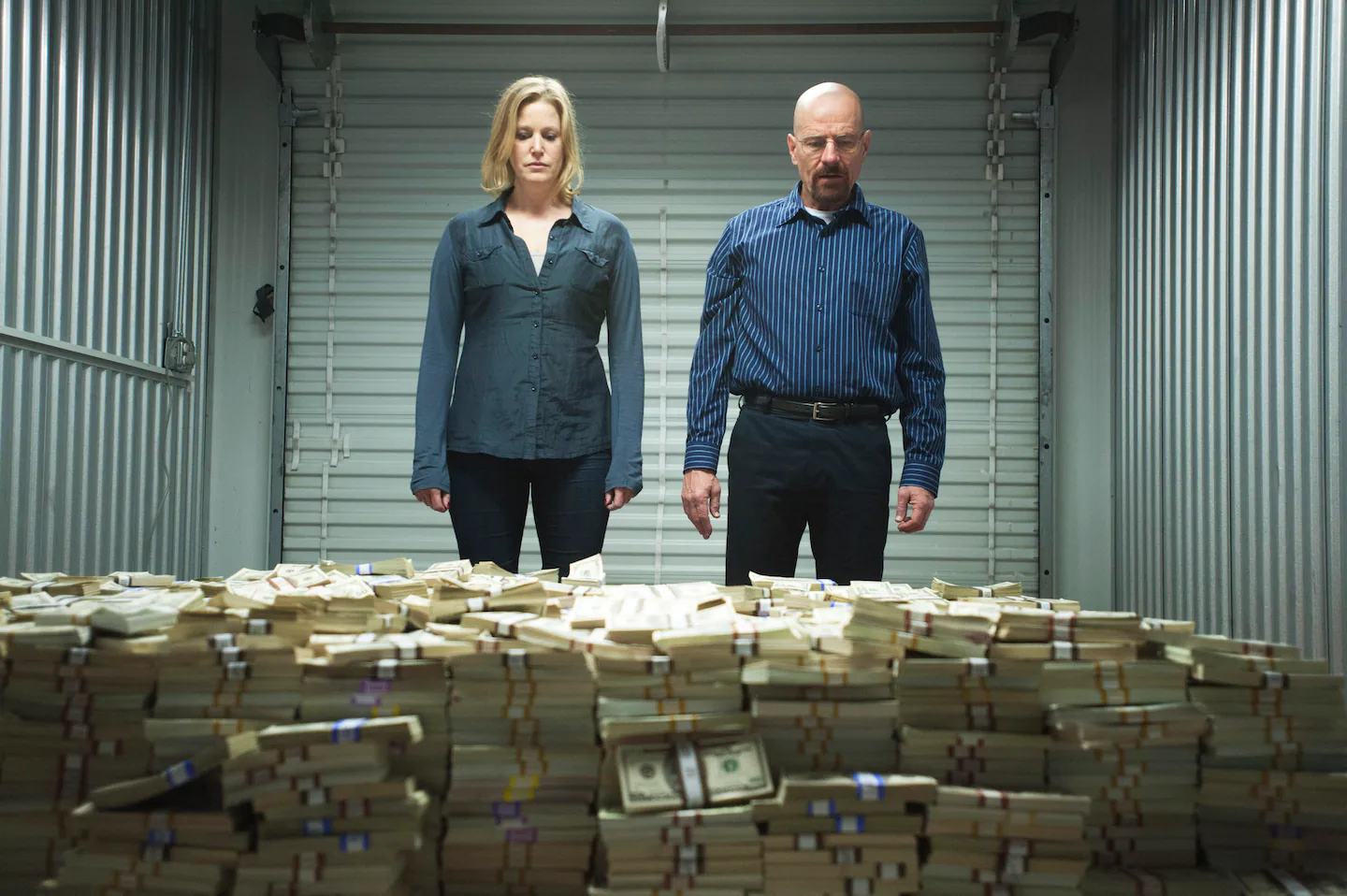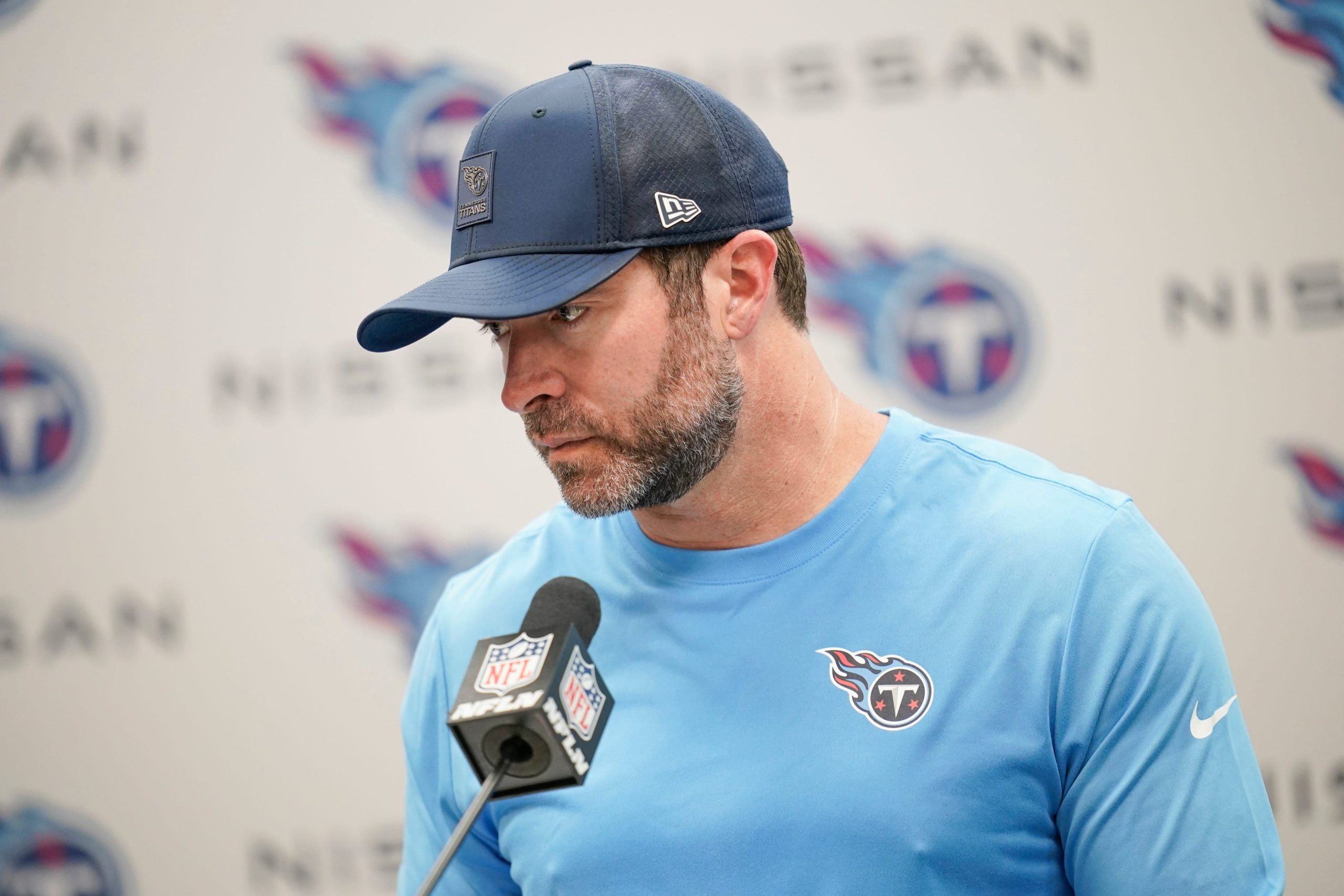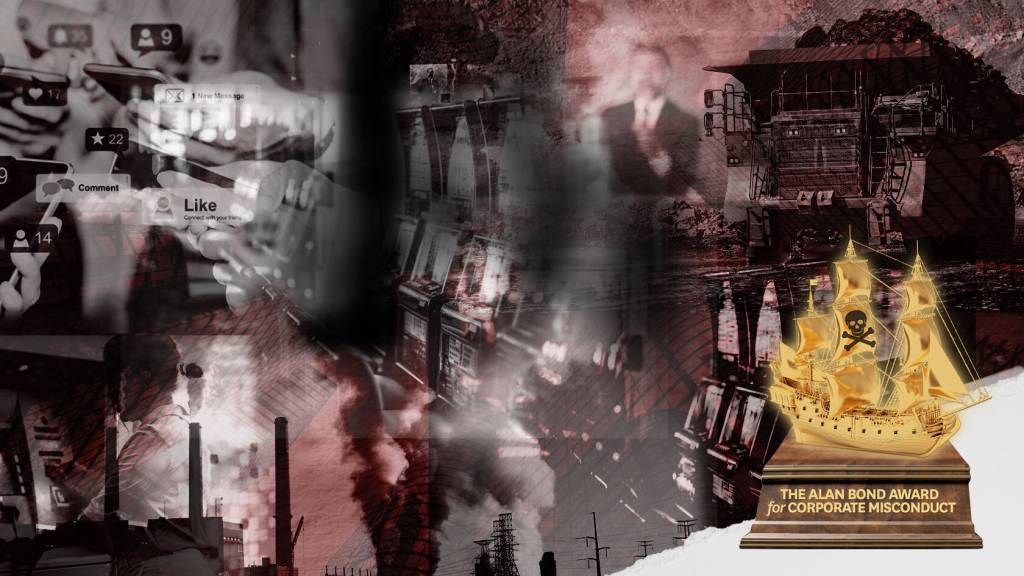
As “Breaking Bad,” the TV drama about Walter White (Bryan Cranston), a chemistry teacher turned methamphetamine manufacturer, neared its finale in 2013, Anna Gunn, who played Skyler, Walter’s wife, wrote an essay for The New York Times.
Gunn said her five seasons on the Emmy-winning show were “one of the most rewarding creative journeys I’ve embarked on as an actor.” But she also recalled experiencing something she said she “never would have imagined” — an incessant misogynistic spew from the show’s fans.
“My character, to judge from the popularity of Web sites and Facebook pages devoted to hating her, has become a flash point for many people’s feelings about strong, nonsubmissive, ill-treated women,” Gunn wrote. She then offered a sampling of the bile she received. One post said, “I have never hated a TV-show character as much as I hate her.” Among the printable insults hurled at Skyler were a “shrieking, hypocritical harpy” and an “annoying bitch wife.”
Gunn never specified the gender of her social media tormentors. But it’s a safe bet that the majority were men. All this ugliness exploded years before what is now commonly known as the “manosphere,” that vile brew of toxic masculinity and withering insecurity that bubbled up from the internet’s cesspools and deifies lifting men up by putting women down.
Advertisement
But “Breaking Bad,” and the reaction to it, predicted the mainstreaming of misogyny that in its many forms, online and off, can make life miserable for too many women.
At the recent Ryder Cup in New York, the woman-hating acolytes were on grotesque display. While watching her husband, Irish golf champion Rory McIlroy, play, Erica Stoll was subjected to a torrent of abusive taunts from the crowd and was hit by a drink chucked in her direction. These weren’t overly enthusiastic Americans rooting for Team USA against Team Europe. After months of online hate against Stoll, seemingly for no other reason than because she’s married to a famous athlete, some men — I won’t call them fans — seized an opportunity to berate her in public, make her feel unsafe, and bring her to tears.
Advertisement
Yes, McIlroy was also the target of the crowd’s sometimes homophobic hostility and he gave the brutish spectators a profane earful. But the targeting of Stoll felt more unsettling — not unlike the alarming turn in the anti-Skyler White campaign that eventually spawned threats against Gunn herself.
“‘Could somebody tell me where I can find Anna Gunn so I can kill her?’” Gunn wrote, recalling a disturbing online post. “Besides being frightened (and taking steps to ensure my safety), I was also astonished: how had disliking a character spiraled into homicidal rage at the actress playing her?”
Skyler has her flaws, but she’s not the villain in “Breaking Bad.” Walter is. In the pilot episode, Walter is an emasculated loser dying from lung cancer. He’s mocked by his students, belittled by his boss at the car wash where he has a second job, and fails in his attempt to make love to his wife. But once he gets in the meth business and outsmarts the sociopaths connected to the illicit drug game, Walter morphs into a twisted paragon of masculinity — a drug-dealing murderer who brings misery and danger to everyone in his life, including Skyler and their two children.
Advertisement
When Walt returns home, his manhood is literally rejuvenated by his newly criminal life — the episode ends with him having vigorous sex with Skyler. (Equating sexual prowess with violence and a life outside the law is just all kinds of wrong.) But no wonder fragile male viewers got ticked off when Skyler discovered and protested against their antihero Walt’s double life. If he was the drama’s protagonist, then Skyler, as Walter’s antagonist, became a despised avatar of every woman who, when not kept in her place, becomes a barrier to what a man desires and believes he deserves.
Which is a core tenet of the manosphere.
Concluding her essay, Gunn wrote, “I can’t say that I have enjoyed being the center of the storm of Skyler hate. But in the end, I’m glad that this discussion has happened, that it has taken place in public and that it has illuminated some of the dark and murky corners that we often ignore or pretend aren’t still there in our everyday lives.”
More than a decade later, those dark and murky corners where women are regarded as objects of derision now live in the light — embedded in our everyday lives, normalized by the media and pop culture, and emboldened by the man in the White House.
This is an excerpt from Outtakes, a Globe Opinion newsletter from columnist Renée Graham.Sign up to get Outtakes in your inbox each week.
Renée Graham is a Globe columnist. She can be reached at renee.graham@globe.com.



